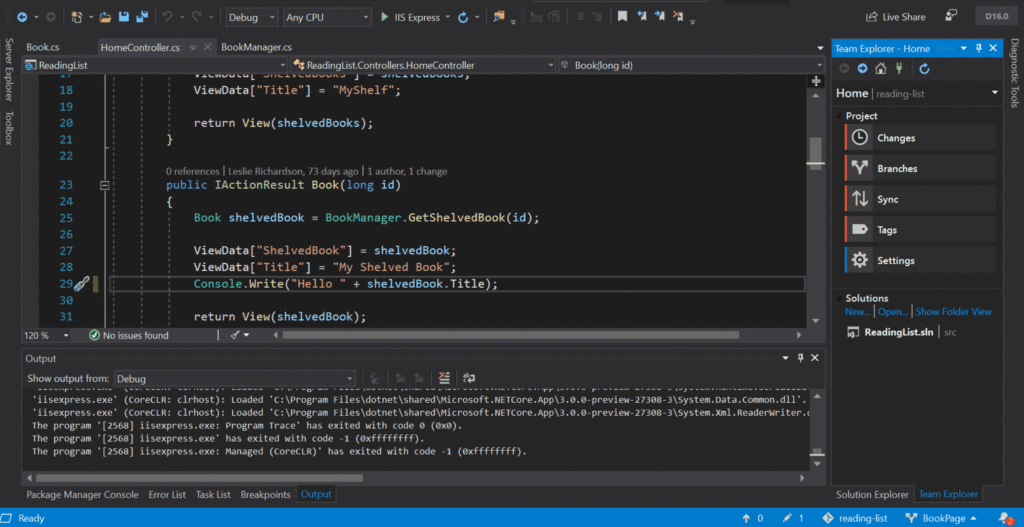

- #HOW TO CLEAR THE CONSOLE IN R STUDIO FOR MAC HOW TO#
- #HOW TO CLEAR THE CONSOLE IN R STUDIO FOR MAC INSTALL#
- #HOW TO CLEAR THE CONSOLE IN R STUDIO FOR MAC FULL#
On Fedora, you configure this alias in your ~/.bashrc file alias r="radian" Once installed, you can start radian by simply typing the application name and hitting enter radianĪ nice configuration tip included in the radian README.md is to alias the radian command to r, so that running R runs the standard R console, while running r starts radian. The -user flag does an user install, which sets the installation location to be inside your home directory.

#HOW TO CLEAR THE CONSOLE IN R STUDIO FOR MAC INSTALL#
Python v3 is recommended and on Fedora this mean I had to install using pip-3 install -user radian Using pip, the python package installer, installing radian is straightforward. You’ll also need a relatively recent version of R (≥ 3.4.0). Radian is a Python application so to run it you’ll need a python stack installed. Running R in a terminal after using an IDE/environment like Emacs+ESS or RStudio is an exercise in time travel all those little helpful editing tools the IDE provides are missing and you’re coding like it was the 1980s all over again.
#HOW TO CLEAR THE CONSOLE IN R STUDIO FOR MAC HOW TO#
I’m someone who fires up multiple terminals every day to run some bit of R code, to show a student how to do something, to quickly check on argument names or such like, or prepare an answer to a question on stackoverflow or crossvalidated. Written by Randy Lai, radian is a cross-platform console for R that provides code completion, syntax highlighting, etc in a neat little package that runs in a shell or terminal, such as Bash. During that search I came across radian, a neat, attractive, simple console for working with R. So, in a fit of pique following one to many reconfiguration sessions of Emacs+ESS, I went in search of some greener grass. Also, fiddling with this stuff just wasn’t fun any more. Configuring Emacs+ESS was becoming much more of a chore, and rather unhelpfully, my problems coincided with my having less and less time to devote to tinkering with my computer setups. Rmd was hit and miss, and polymode was just a mystery to me. More recently, however, my go-to methods for configuring Emacs+ESS were failing indentation was all over the shop, the smart _ stopped working or didn’t work as it had for over a decade, syntax highlighting of R-related files, like. For years this has served me well, though I wouldn’t call myself an Emacs expert not even close! With a bit of help from some R Core coding standards document I got indentation working how I like it, I learned to contort my fingers in weird and wonderful ways to execute a small set of useful shortcuts, and I even committed some of those shortcuts to memory.
#HOW TO CLEAR THE CONSOLE IN R STUDIO FOR MAC FULL#
I’ve done so for nigh on a couple of decades now, ever since I switched full time to running Linux as my daily OS. Whenever I’m developing R code or writing data wrangling or analysis scripts for research projects that I work on I use Emacs and its add-on package Emacs Speaks Statistics ( ESS).


 0 kommentar(er)
0 kommentar(er)
